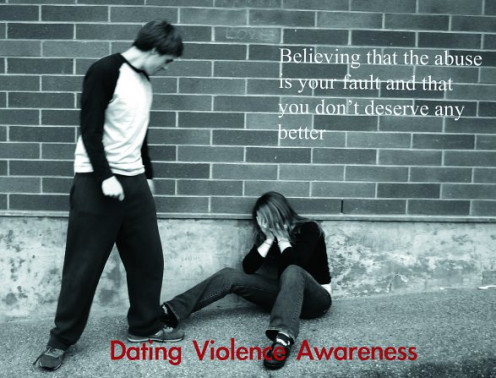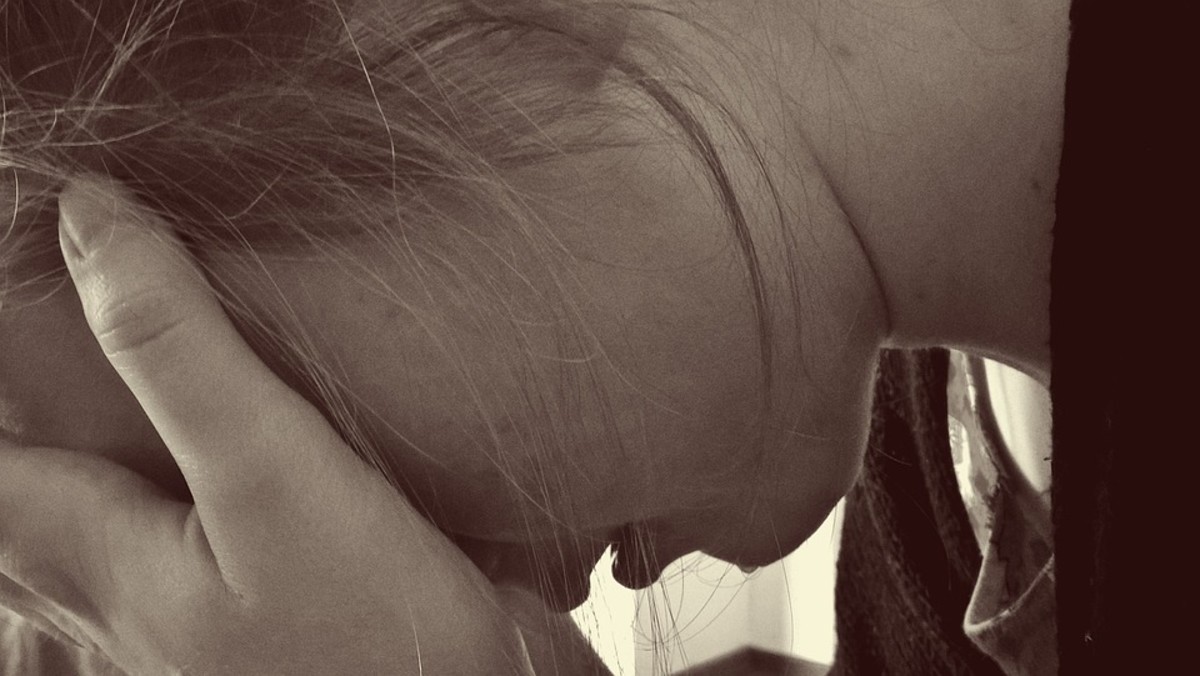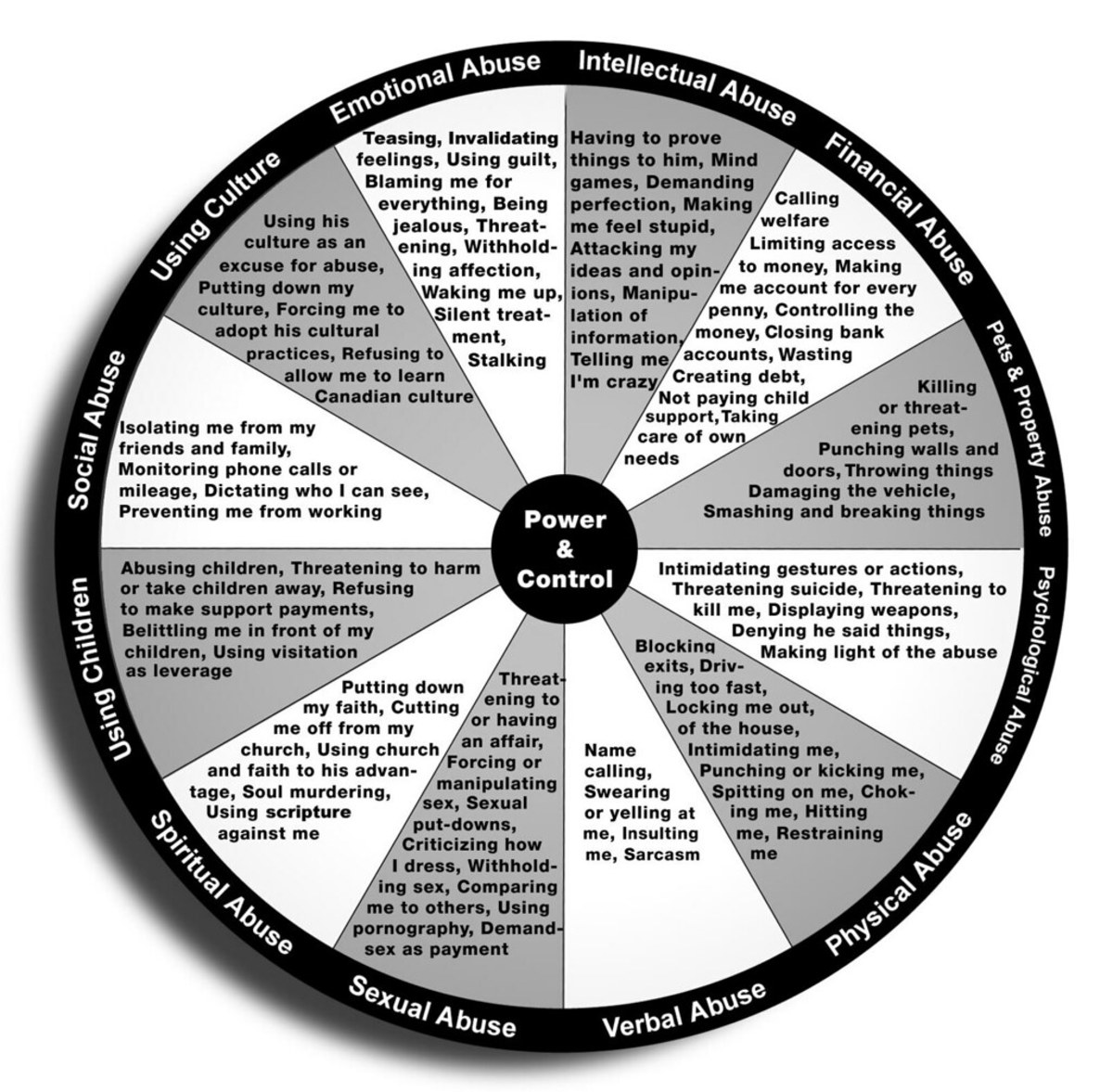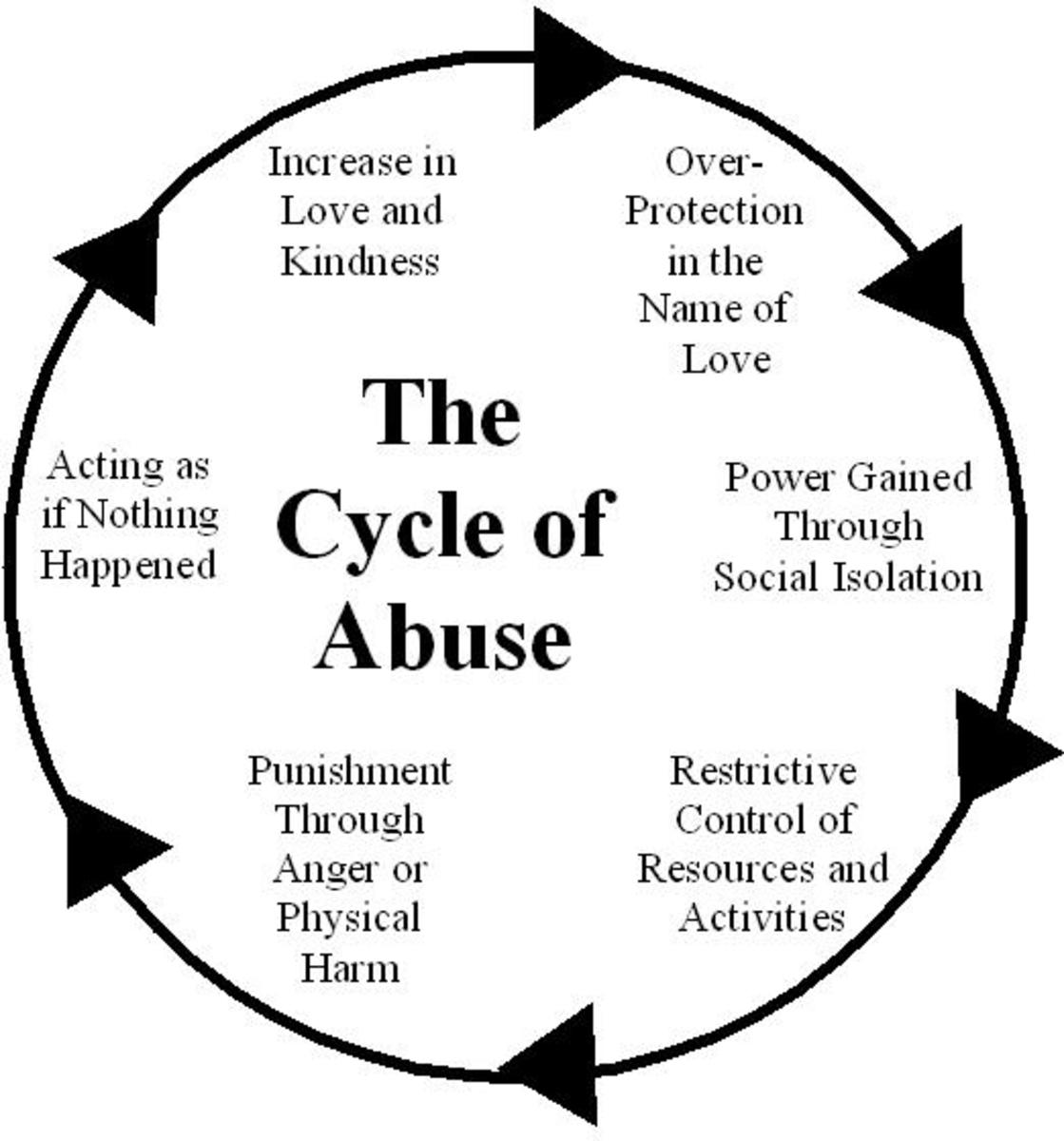Help for Teen Domestic Violence/ Teenage Abuse




Have you ever experienced some form of Domestic Violence in a relationship?
What is Domestic Violence?
Domestic Violence is Physical, Sexual, Psychological or Financial violence that takes place within a relationship and that forms a pattern of coercive and controlling behaviour, this can also include forced marriages and so called honour crimes. Domestic violence may include a range of abusive behaviors not all of which are 'violent'. Domestic Violence can occur in Adult and Teen relationships, Lesbian, Gay, Bi-sexual and transgender relationships, and can also involve other family members including children.
Physical Abuse- Any behaviour that involves the intentional use of force against the body of another person that risks physical injury, harm, and/or pain. Physical abuse includes hitting, slapping, pushing, choking, using an object to hit, forcing the ingestion of an unwanted substance, and use of a weapon.
Sexual Abuse- Is defined as any unwanted sexual intimacy forced on one individual by another. It also includes forced nudity, forced exposure to sexually explicit material or any other forced sexual activity.
Psychological Abuse- Includes derogatory statements or threats of further abuse, it may also involve isolation, economic threats and emotional abuse.
Financial Abuse- Is where a person does not provide sufficient financial support to enable their partner or parent of their child to have access to the bare necessities of life.
Threats of Further Violence.
Victims of Domestic Violence are usually frightened that if they seek help the violence will only get worse. The family Law Act 1996 provides protection for victims of Domestic Violence and their children. You have the right to be protected and live in a safe environment with your children and there are services like refuges that can help you do so.
What are the Signs of Domestic Violence?
All forms of Domestic Violence comes from the abuser's desire for power and control over other family members or intimate partners. Although every situation is unique, there are common factors involved.
1. Destructive criticism and verbal abuse such as shouting, mocking, accusing, name calling and verbally threatening.
2. Pressure tactics such as Sulking, threatening to withhold money, disconnecting the telephone, taking the car away, threatening to commit suicide, threatening to take your children away, threatening to report you to social services unless you comply with their demands, lying to your friends and family about you, telling you that you have no choice in any decisions.
3. Disrespect such as persistently putting you down in front of other people, not listening or responding when you talk, interrupting your telephone calls, taking money from your purse without asking, refusing to help with childcare or housework.
4. Breaking trust such as lying to you, withholding information from you, being overly jealous, having other relationships, breaking promises and shared agreements.
5. Isolation such as monitoring or blocking your telephone calls, telling you where you can and cannot go, preventing you from seeing your friends and family.
6. Harassment such as following you, checking up on you, opening your mail, repeatedly checking your telephone and embarrassing you in public.
7. Threats such as making angry gestures, using physical size to intimidate, shouting you down, destroying your possessions, breaking things, punching walls, wielding a knife or a gun and threatening to kill or harm you or your children.
8. Sexual violence such as using force, threats or intimidation to make you perform sexual acts, having intercourse with you when you don't want to, and any degrading treatment based on your sexual orientation.
9. Physical violence such as punching, slapping, hitting, biting, pinching, kicking, pulling hair out, pushing, shoving, burning and strangling.
10. Denial by saying the abuse doesn't happen, or saying that you caused the abusive behaviour, being publicly gentle and patient, crying and begging for forgiveness and saying it will never happen again.
Teen Domestic Violence
Studies suggest that a quarter of girls aged 13 to 17 had experienced physical violence from a Boyfriend and a third had been pressured into sexual acts that they did not want. Children's charity NSPCC said they were alarmed by the number of young people who viewed abuse in relationships as normal. A few years ago an advertising campaign was launched to raise awareness for Domestic Violence in teen relationships, the director Shane Meadows said he wanted to highlight the problem of emotional violence, including verbal insults and controlling behavior such as monitoring text messages. The woman who led the study for this campaign was Christine Barker from Bristol University, Christine said that long term intervention in schools was also needed, she believes that schools need to look at what is happening in these teenagers lives and say to them "This is a serious issue, we do take your relationships and the concerns you have in it seriously." Christine said Schools need to challenge the violence and intimidation and control that is in these teenage relationships as it is in an adult relationship.
Teen Domestic Violence Statistics
1. Each year approximately one in four teenagers reports verbal, physical, emotional or sexual abuse.
2. On average two woman a week are killed by a male partner or former partner.
3. Approximately one in five high school girls has been physically or sexually abused by a dating partner.
4. The older the girls are the more likely they are to accept being bullied and controlled by a partner.
5. 30 % of Domestic Violence starts in pregnancy.
6. One in three teenagers admit to knowing a friend or peer who has been physically hurt by his/her partner through violent actions, such as hitting, punching, kicking, slapping or other violent actions.
7. Eighty percent of teens believe verbal abuse is a serious issue for their age group.
8. Nearly 20% of teenage girls who have been in a relationship said that their boyfriend had threatened violence or self harm in the event of a break-up.
9. The majority of teen dating abuse occurs in the home of one of the partners.
10. Nearly 80% of teen girls who have been victims of physical abuse in their relationship continue to date the abuser.
11. One in five young men and One in ten young women believe that abuse or violence against women is acceptable.
12. Domestic violence accounts for being 16% and one quarter, of all recorded violent crimes.
13. One incident of Domestic Violence is reported to police every minute
14. Between four and five woman in every one hundred, are abused during their pregnancies and/or after the birth.
15. Approximately one in five teenagers reports being a victim of emotional abuse
How Do i know if my child/someone i know is in a Domestic Violent Relationship?
1. Before they met their partner they were more outgoing and had far more friends than they have now.
2. They have become withdrawn, constantly crying or appear sad or depressed.
3. They constantly get calls and texts from their partner and they must get back to them straight away or their partner will become angry.
4. Their partner gets jealous if they look at another person or casually talk to others.
5. Their partner accuses them of behaviour that they don't actually engage in.
6. They have started wearing long sleeve or polo neck tops even in the summer, this can be a sign that they are trying to hide bruises or other marks caused by violence.
7. Their partner appears aggressive, putting fists through walls, throws things and slams about when angry.
8. They make excuses for their partners bad behaviour, often blaming themselves for it.
9. They have changed their appearance and style (such as clothes, hair, make-up) on the advice of their partner.
10. Their partner often calls them names or puts them down and then laughs it off and says 'they are only joking'.
11. They have become very secretive since new relationship
12. They frequently have to explain themselves to their partners and often apologise to them
13. They have recently lost self confidence, often criticizing their own abilities, looks, talents,
14. You have witnessed their partners extreme possessiveness.
15. The most important- You have seen bruises or injuries that they cant explain, and get very nervous and secretive when questioned about them.
How Can I Help a Friend or Relative in a Violent Relationship?
If you have picked up on many of these signs, please don't sit back and do nothing. Talk to the person you believe is being abused, and assure them that it is not their fault and they shouldn't put up with it. An important thing to remember when talking to someone you suspect is in an abusive relationship, is that the victim will often deny that the violence is even taking place, this can be because they blame themselves or simply because they fear for their safety if their partner was to find out they had been talking about them. When you talk to your friend/relative, make sure it is in private and that you keep what they say confidential. Let them know the reason you are concerned (for example refer to incidents, injuries etc), offer to get them free information (see links below where you can download free information and advise booklets), suggest other people that they could talk to such as a teacher, councilor, another adult they trust. You should also let them know that you are there for them whenever they need you, and you could give them the domestic abuse helpline number.
Never be judgemental or make them feel stupid or ashamed. Always allow them to talk freely and never force your friend/relative to make a decission or give ultimatums. You can also help them to make a safety plan which will help them to stay as safe as possible before, during and after leaving their abusive relationship. Please follow this link for help on making a safety plan
http://www.womenslaw.org/simple.php?sitemap_id=3
Do you believe that there should be more Teen Violence Awareness in Schools?
Teen Violence Ad Campaign 1

Help and Advice for Teen Domestic Violence
If teen domestic violence is affecting your life in any way, you can go to www.thehideout.org.uk for support and information. The important thing to remember is that there is always someone willing to listen so don't suffer in silence.”
The Women’s Aid Website can be found at: www.womensaid.org.uk. This is a comprehensive website about domestic violence and its impact on women and children. The website has help sections for women experiencing domestic violence in 11 different languages, as well as policy briefings and research findings. Women’s Aid also runs a website for children and young people experiencing domestic violence www.thehideout.org.uk.
0808 2000 247: Freephone 24 Hour National Domestic Violence Helpline
run in partnership between Women’s Aid and Refuge.
Childline- 0800 1111








